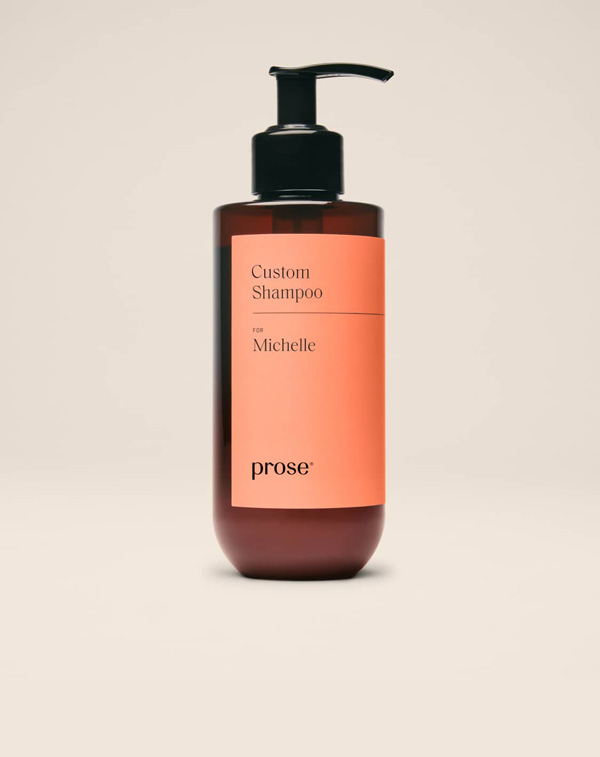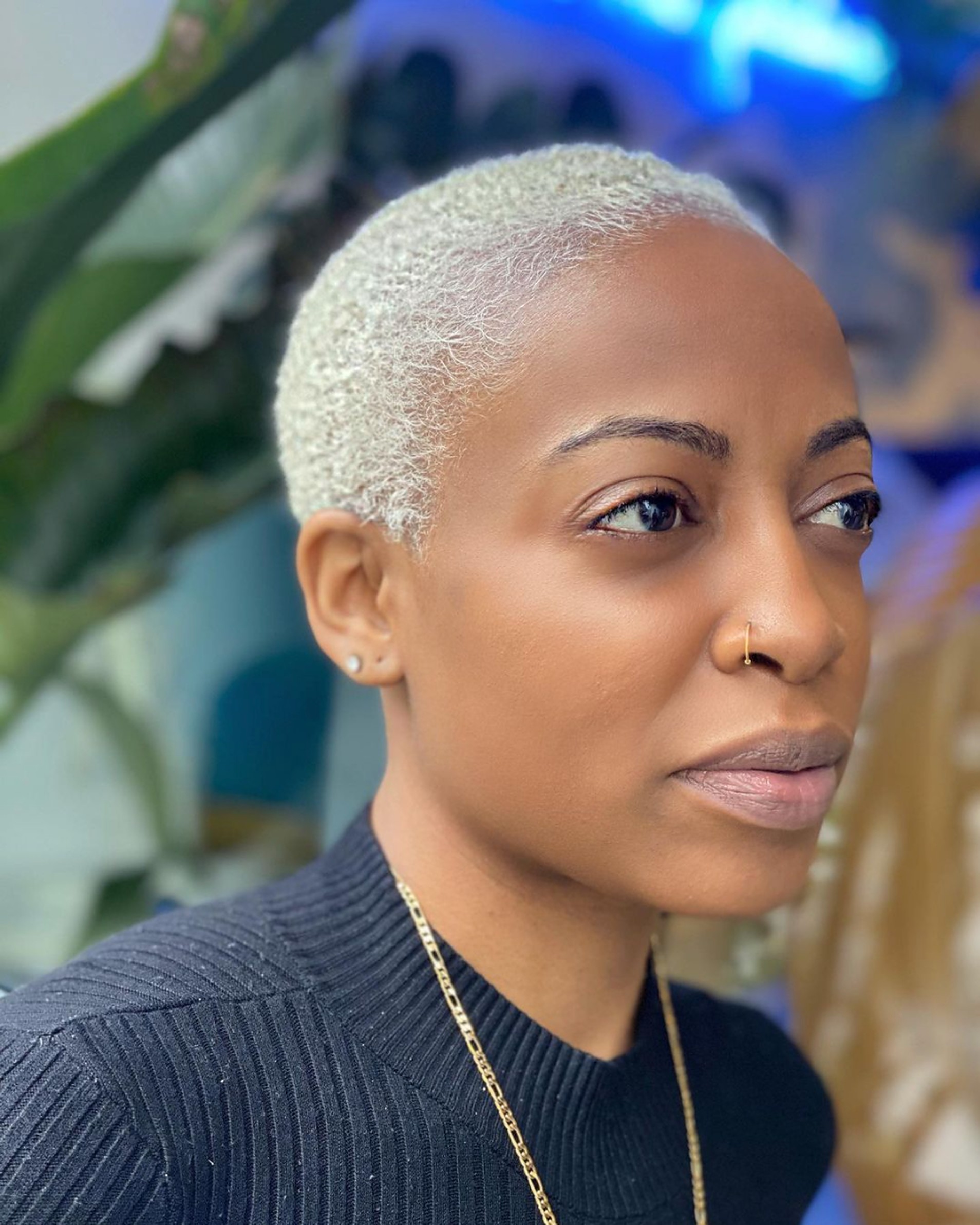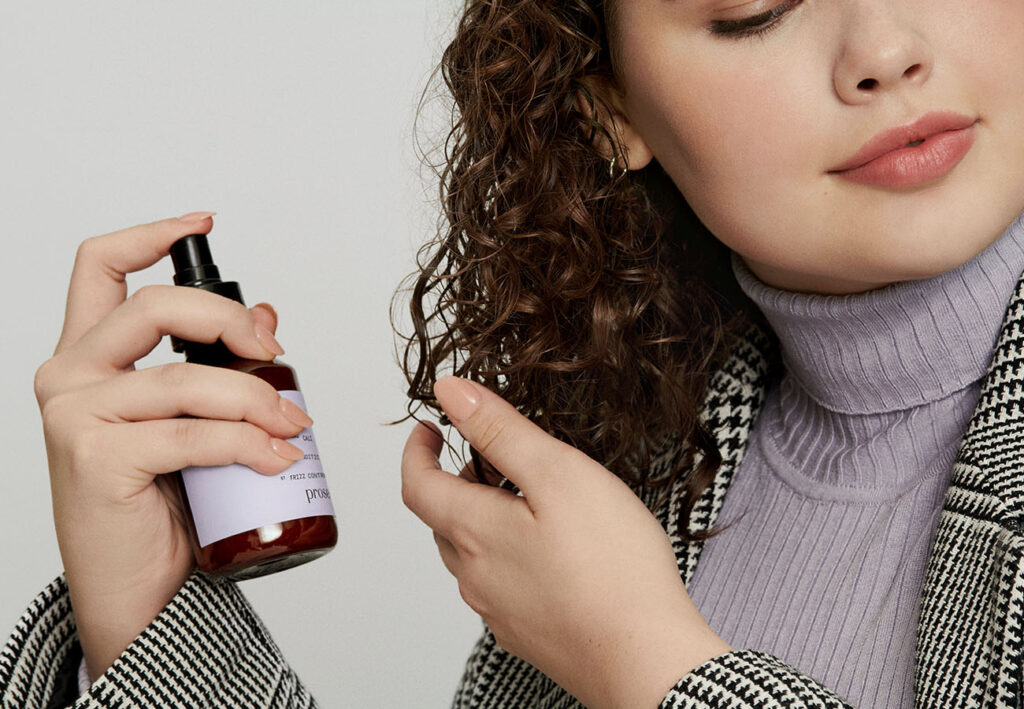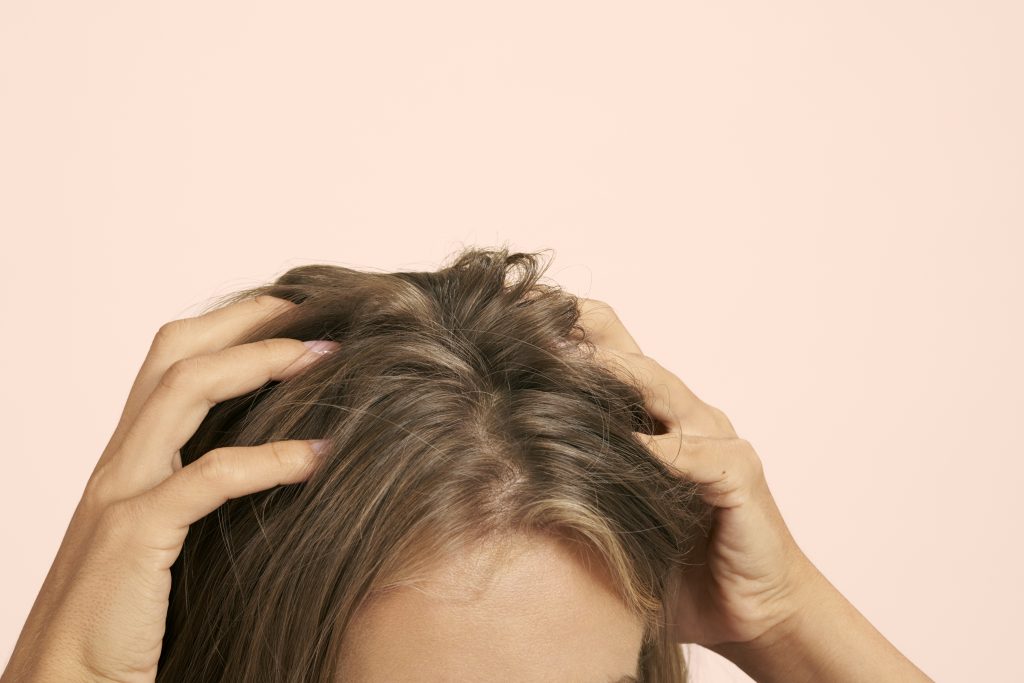And regarding the latter: oil production is where we spend the most time trying to strike a balance. That’s because you want your scalp to produce sebum, since it naturally nourishes the hair and keeps everything healthy. Still, many people experience overactive sebum production (either naturally or in response to temporary dryness spells), and this can throw everything out of whack. Shampooing daily is never a solution, since that further parches the hair and scalp, which sends pores into overdrive, leaving everything greasier than you started with. Hence the delicate balance of mitigating oil levels, and getting rid of greasy hair—without getting rid of sebum entirely.
Besides the fact that sebum buildup makes your hair look downright greasy, it also has negative impact on hair growth and scalp health, too: This buildup can suffocate the hair follicle, says trichologist and stylist Greg Ruggeri, of Salon Ruggeri in NYC. In turn, this suffocation can hinder hair’s ability to grow strong, fortified hair (and can expedite permanent loss, if that’s a predisposition). Sebum buildup can also lead to fungal and bacterial infections, and can cause itching, flaking, and other irritations.
To help you master this balance, we got added insight from Ruggeri. Here are some ways to make your hair less greasy, and to ensure you have more good hair days on the regular.
1. Use a scalp mask to combat greasy hair
We say “greasy hair”, when really, that’s the side effect of what is actually a “greasy scalp”. After all, the scalp is where sebum production occurs, so that’s the area you need to target when creating this balance. Ruggeri suggests regular use of a scalp mask before shampooing, in order to pump proper nutrients into the scalp—nutrients that can help control sebum production, ensure follicle fortification, and neutralize any fungal or bacterial buildup. You should do this at least once a week, but it can be done before each shampoo (which is ideally every few days, once you settle into a routine), in order to enjoy regular deep-seated nourishment. Let it soak into the scalp as long as directed, in order to absorb all of the nutrients before you wash away the mask.
2. Use gentle shampoo
Imagine how much a single shampoo can set you back, if you’re flushing away all of the good nourishment and healthy oils along with the grime and sebum buildup. For this reason, you need a gentle shampoo, one that is filled with hydrating ingredients instead of moisture-flushing detergents. Ruggeri’s no-fly list of shampoo ingredients starts with sulfates, since they’re the most stripping of natural moisture.
3. Avoid shampooing every day
“Don’t shampoo every day” seems to be the most universal solution to balancing oil levels. Some people will find that they need to wash every other day, while others can manage 3-7 days without any excessive buildup. It might take months for you to “train” your scalp to produce less oil as a result of less frequent shampooing, but that’s the task at hand. Often, overactive, oily scalps are the result of over-washing. Think of this cycle: You wash, so your scalp senses dryness. It produces more oil to overcome the dryness, so you wash. Your scalp senses dryness. And so forth.
Is there a specific shampoo for greasy hair? There are some tips for washing your hair to avoid dealing with an oily scalp. By washing less gradually over time, your scalp steadily learns not to produce sebum in such excess. However, if you currently wash daily and find that you’re already maintaining a nice harmony then there’s no major reason to fuss with your steady rhythm. This is likely the case if you rely on a shampoo with a strategic, nourishing formula.
4. Using dry shampoo for greasy hair
Did you know dry shampoo can help combat greasy hair? A way to buy extra time is to deploy a dry shampoo between washes, on the mornings you don’t wash (or the day before you finally do wash). Dry shampoo can absorb excess sebum production at the scalp, without drying the hairs themselves. It can even make hair more voluminous while also preventing grease accumulation.
5. Shampoo in the morning to avoid greasy hair
While there is no “greasy hair fix” exactly, Ruggeri suggests shampooing in the morning, if you want to enjoy the maximum number of hours without oil buildup. Some people find that they like letting their hair get a pinch shiny while they sleep, in which case they’ll wash before bed. But by shampooing first thing when you wake up, you’ll ensure that the public sees as little grease accumulation as possible.
Take the Prose consultation
In need of professional assistance when it comes to managing your greasy hair? We’ve got you covered at Prose! Take a free consultation to discover the best hair products for your hair concerns today.










